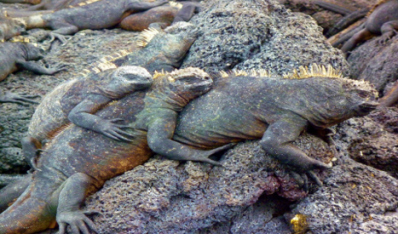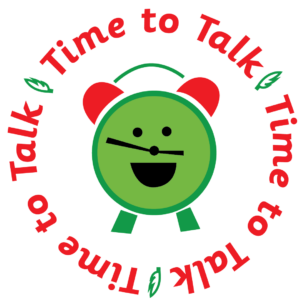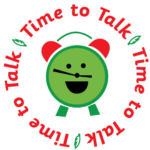Coordinating conjunctions: marine iguana
The Grammar Bit!
Read the three sentences opposite. They each contain a coordinating conjunction. This is a gluey word that can be used to connect words, phrases and clauses.
Notice how in each sentence, the coordinating conjunction (bold) has been used to link two related main clauses. This creates a special type of sentence called a compound sentence. Remember – a main clause (sometimes called an independent clause) contains a subject and a verb and expresses a complete thought.
There are seven coordinating conjunctions: for, and, nor, but, or, yet, and so (FANBOYS is a useful mnemonic to remember them).
Note: There isn’t a definitive rule for the placement of a comma before the coordinating conjunction. Unless the second main clause is very long or begins with the conjunction ‘but’, they are not generally needed.
Scintillating Sentences
1) The racer snake coiled its body around the marine iguana, but the hatchling wriggled free.
2) The Galapagos Islands are volcanic yet this does not stop life from thriving on them.
3) Marine iguanas feed almost exclusively on algae and it is the larger males that dive to find this food source.

“Don’t worry Mum, we’ve got your back covered!”

 Sign in
Sign in

